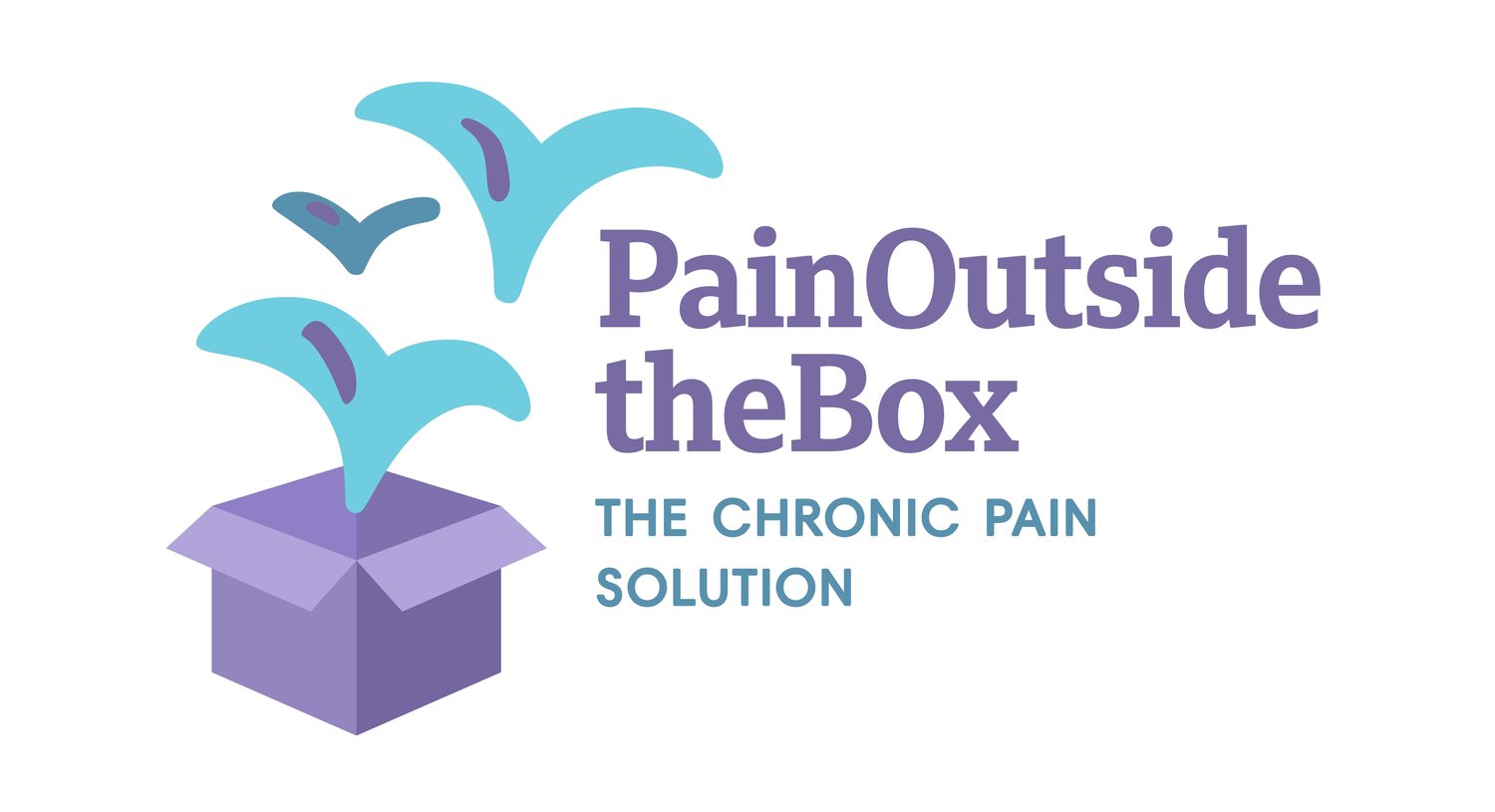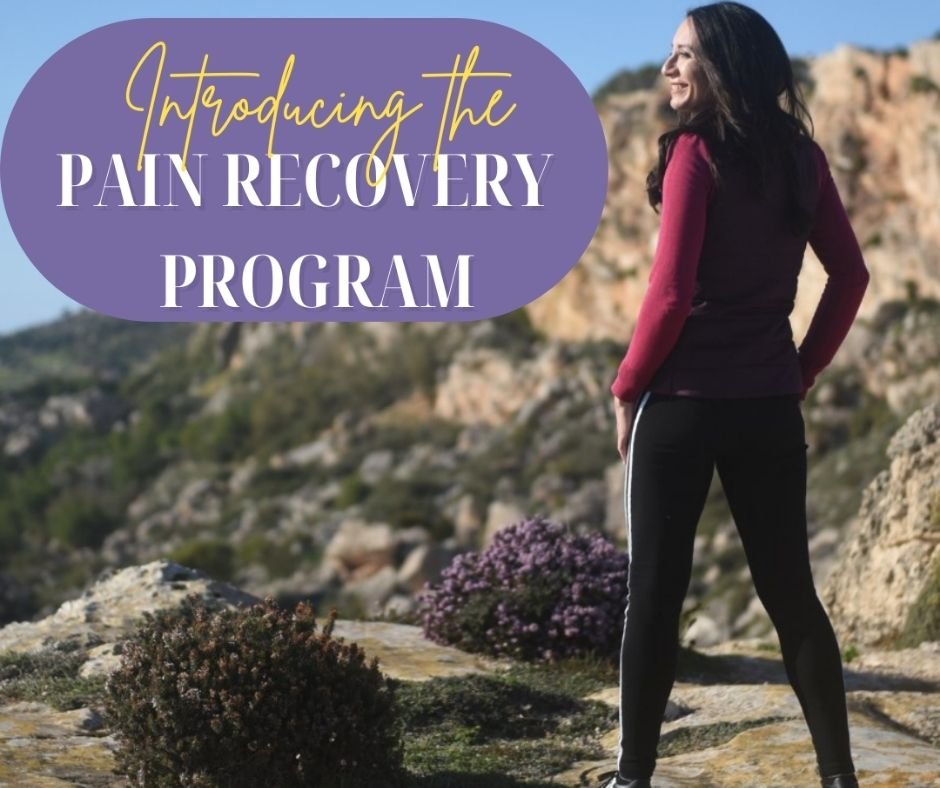On Neuroplastic Pain (TMS) and Physical Activity
If you’re familiar with how neuroplastic pain works, then you know that limitless physical activity is the ultimate ‘feat’ you can achieve in most cases of chronic pain that affect the ligaments or muscles. If your pain is not being structurally caused - as we assume when you’ve made a case for your symptoms being neuroplastic (i.e. symptoms that have an mindbody origin) - then there is a very real possibility of resuming all physical activity pain free.
Which begs the question. How do you engage in physical activity if you’re still in pain, AND if the activity itself is a trigger to your pain?
It’s well enough to practise an exercise that doesn’t involve the affected area, or if your pain isn’t triggered by physical activity. But what if that’s not the case?
How to approach Physical Activity if you have TMS / Neuroplastic Pain
There is so much to be said about the fascinating subject of pain and conditioning - which is what’s really involved here. Conditioning is a process by which the brain associates a specific activity or trigger with a threat. Because the brain registers this threat, it can fire pain as a signal to warn you about it. But with neuroplastic pain, this signal is not really needed, because there is no injury and no structural damage.
And so, we have to train the brain that these activities are actually safe and harmless for us.
Below are a few key points to keep in mind if you desire to expand your current thresholds and exercise more.
First things first: Eliminate all doubt in a mindbody diagnosis
For some people, eliminating all doubt regarding the nature and origin of their pain is enough to lower pain levels and increase their confidence in pursuing physical activities. Being doubtful as to whether you have neuroplastic pain /TMS or not is not going to make things easy for you.
So if you are still not 100% sure that you are suffering from mindbody/TMS pain, by all means go ahead and consult a medical specialist in the field. Find someone who is willing to go through your scans or evaluate your symptoms logically, so you could find out whether the intensity and exact location of your pain coincide with any physical issue.
Don’t be afraid to ask questions: if the doctor shrugs you off, take it as a sign that he’s not willing to make sense of things. There are too many people out there who take needless ‘placebo’ surgeries in order to feel better, only to end up in pain again a few months later (funnily, some people would get the same kind of pain, sometimes on the other side of the body, while others will get a totally new symptom - due to the surgery’s Placebo effect - in any case, TMS is still ever-present!)
Our false beliefs about the nature of pain are what lead to chronicity in most cases. So always strive to get your facts right. How scientifically valid is the fact that an injury could cause long lasting pain? Why would you be in such intense pain, when you’ve likely had your arthritis, herniation or any other physical ‘misalignment’ way before the pain started, while there are thousands of people out there running around with your same ‘structural pathology’, and who ARE NOT in pain?
Once you rule out a structural explanation for your pain, you will feel much more confident to move without fear, and in turn, it’s more likely for your pain to diminish. It may not be the end of it, but you’re already way ahead than most!
Secondly: Work on Avoidance and Movements
It all starts with everyday movements. When we avoid moving in one way or another, or doing a specific activity, because it hurt the last time that we did, what we are doing is contributing to the conditioning process that leads to the pain cycle.
This happens because each time you avoid doing something, you are validating the fact that there is still danger inherent in the activity. That is precisely the signal that your brain is getting. So naturally, even when you eventually end up pushing yourself to do that exercise or movement, you do so with trepidation and a a good dose of anticipatory anxiety.
Naturally, this kicks off the conditioning process, making the pain much more likely to flare-up.
So before pushing yourself too much with a vigorous exercise, start with the basics. Be mindful of how you’re moving about in your day to day life, and how you’re using your affected limb. Is there tension in your body? Are you moving with dread and trepidation?
If yes, repeat the same movement with more ease, perhaps from the perspective of someone else you know, who wouldn’t give it a second thought.
If, on the other hand, there’s something you’ve been avoiding completely, you need to plan to somehow resume the activity in a manner that feels safe to your brain. One minute of cycling or walking is better than nothing at all. As you teach yourself that it’s safe, you can slowly build up on that, without overwhelming yourself. Confidence and a reduction in fear levels will come with enough repetition, as repetition breeds familiarity, and familiarity feels safer to the brain.
Third: Watch your thoughts!
The thoughts that enter your head before, during and after movement are crucial, and often determine whether or not you’ll get a TMS flare-up. A lot of people find themselves wondering how much it could hurt, others will constantly check into their pain to ‘assess’ how bad it is. We get all sorts of dreadful thoughts, often fuelled by the fear that our pain will intensify or last forever.
Thought redirection, embodied actions and empowered self-talk techniques, such as the ones I recommend in my Pain Free Breakthrough Program, can help you cultivate the right mindset in preparation for physical activities. In the end, it’s about watching your thoughts and your behaviours around pain, and embodying new beliefs that send a message of safety to your brain.
Are you being hypervigilant, and always expecting the worst? Are you likely to get very upset or frustrated if the pain does hit? Getting aware of this and working on shifting your thoughts and reactions in the right direction is the key to TMS / neuroplastic pain recovery.
The end goal is to move without a second thought!
Of course, one must remember that the start is always the hardest. Even though you might get pain the first couple of times you push your limits, as you gain confidence and lower those fear levels, your TMS pain will diminish.
Ultimately, when you can pursue your activity almost without giving pain a second thought, that’s when your pain is likely to disappear. You won’t even notice at first, because you won’t even be looking out for it!
For more techniques on how to approach physical activity and overcome those habits and reactions that impede TMS recovery, check out my 60 day in-depth program, Pain Free Breakthrough.
Follow structured lessons and tasks that will help you reduce fear of symptoms, relax your nervous system and approach physical activities or triggers safely and without overwhelm.



